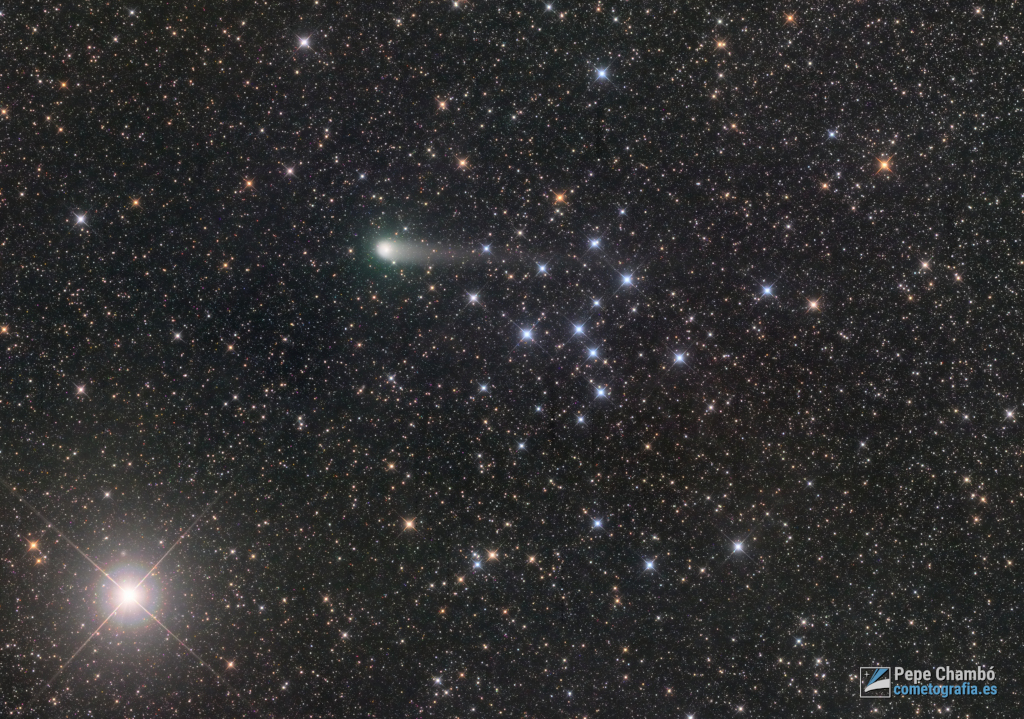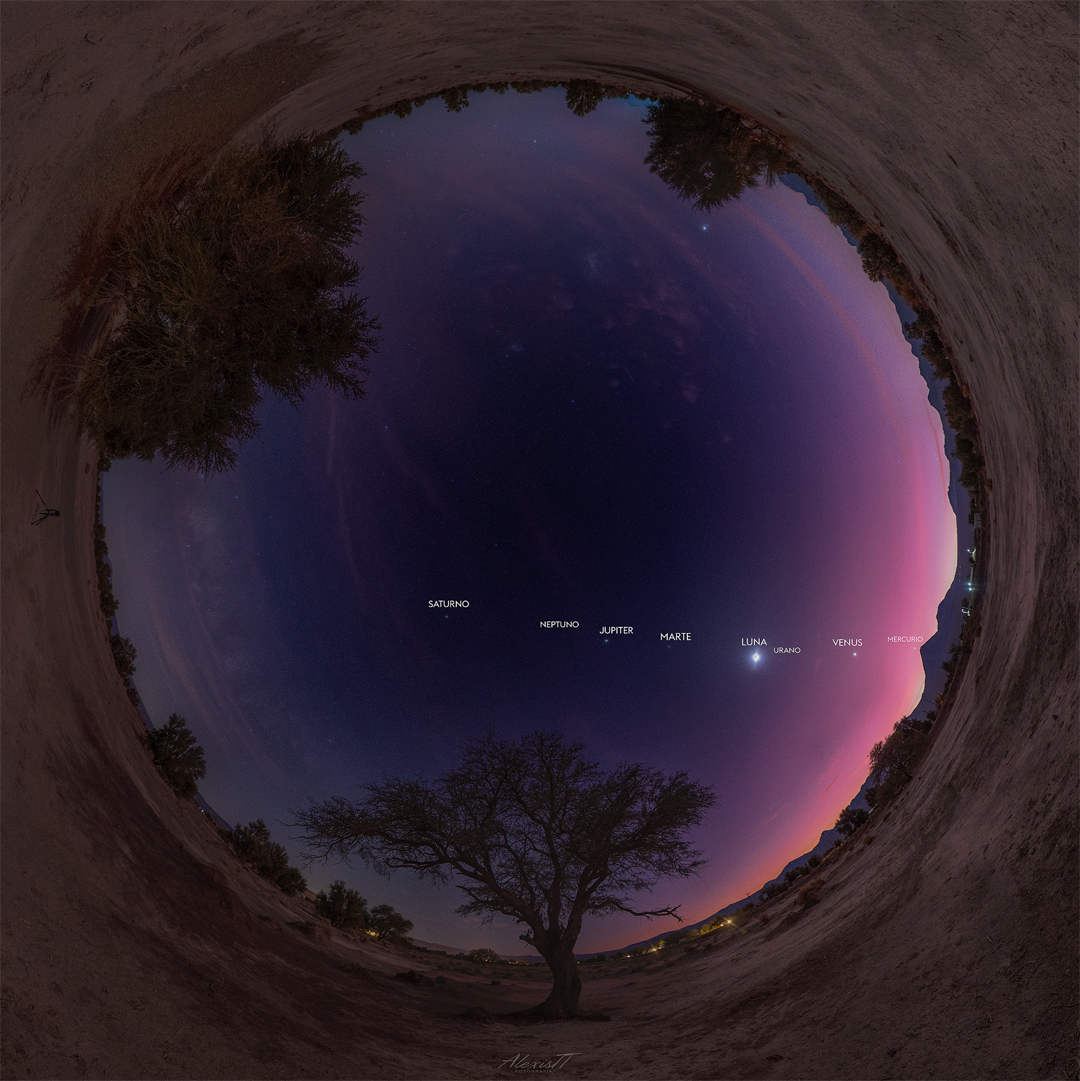NASA has awarded the JSC Engineering, Technology, and Science (JETS) II contract to Jacobs Technology Inc. of Tullahoma, Tennessee, to provide engineering and scientific products, technical services and related services for the agency’s Johnson Space Center in Houston, other NASA centers and government agencies.
from NASA https://ift.tt/DOTC5Xz
via IFTTT






